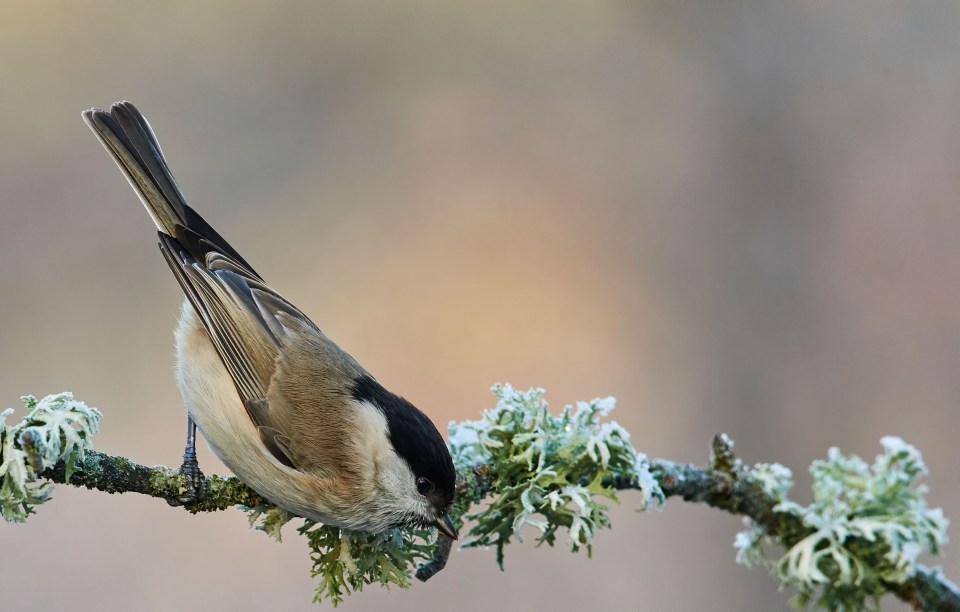Species Guide: Eurasian Blue Tit (Cyanistes caeruleus)
Family: Paridae
The Eurasian Blue Tit (Cyanistes caeruleus) is regarded by many as one of the most attractive of the U.Ks. woodland birds. It is also one of the most fun birds to watch as they are highly acrobatic as they dart about in search of food.
Appearance
The Blue Tit is one of the smaller members of the tit family. They have very pretty colorings including yellow breast, white, blue & green wings, a white face, with a bright blue cap on their heads. Some people confuse the Blue Tit with a Great Tit, but the Blue tit is significantly smaller.
DIET
They eat a range of insects, fruit seeds, and nuts. They love caterpillars, and to pluck spiders from their webs. They will regularly visit gardens in search of food.

HABITAT
Blue Tits evolved to live in deciduous woodlands. But they have adapted to live in urban, suburban, and farmland environments. It is estimated that there are over 3.6 million breeding territories in the U.K. alone, with upwards of 15 million overwintering birds; which makes them one of the most common birds in the country.

Ad Space
BEHAVIOR
Blue Tits favor nesting in the cracks and holes that form in trees. They will even inhabit the old nest sites of larger birds such as woodpeckers. They generally start to build their nests in March and construct them out of moss, leaves, spider webs, and feathers. Laying up to 14 eggs in April or May, they only raise a single brood each year. The eggs hatch after about 2 weeks. Both the male and female support the raising of the nestlings which take up to 3 weeks to be fully fledged.

Biometrics2
They are up to 12 cm in length with a wingspan of 18 cm. They weigh up to 11 grams.
NATURAL PREDATORS
Sparrowhawks and Owls are a major threat to them, as they will snatch adults as well as nestlings from their nests. Eggs and chicks are also susceptible to predation by mammals.
Conservation Status
The Blue Tit is an adaptable bird and is thriving despite the loss of its natural habitat. Indeed it is estimated that their populations are increasing year on year.
U.K.
Conservation Status

Global
Conservation Status

Related Articles








Ad Space
Citations
- By Cactus26Adapted from:Föger, M. & Pegoraro K. (2004). Die Blaumeise. Neue Brehm Bücherei, Hohenwarsleben, ISBN 3-89432-862-2Harrap, S. & Quinn, D. (1996). Tits, Nuthatches & Treecreepers. Helm Identification Guides, ISBN 0-7136-3964-4del Hoyo, J., et al. Handbook of the Birds of the World (HBW), Vol. 12 (2007). Picathartes to Tits and Chickadees. Lynx Edicions, Barcelona, ISBN 84-96553-42-6Snow, D. W. & Perrins, C. M. (1998). The Birds of the Western Palearctic Concise Edition. Oxford, ISBN 0-19-854099-X – Own work, CC BY-SA 3.0, [Accessed 17/10/2024] ↩︎
- Featherbase [Accessed 17/10/2025] ↩︎







